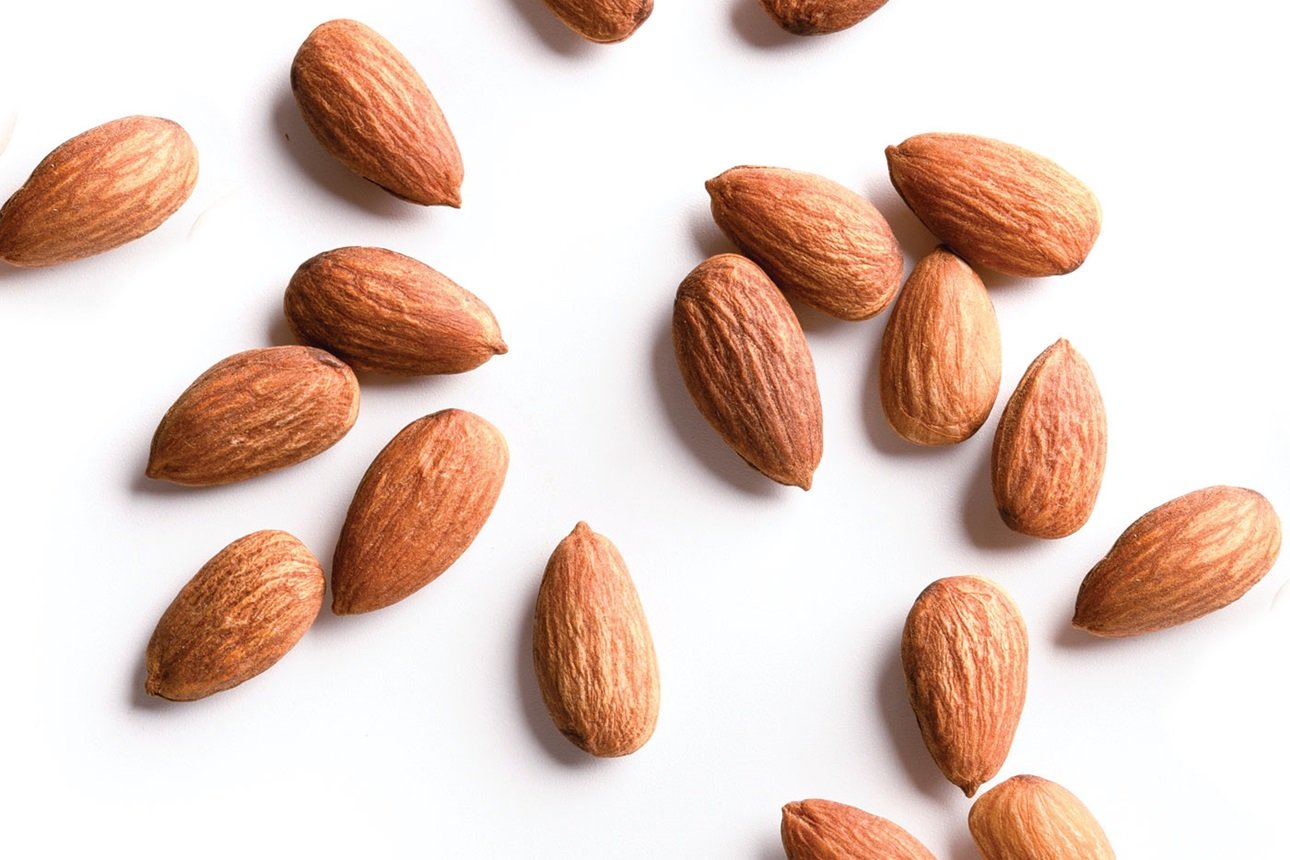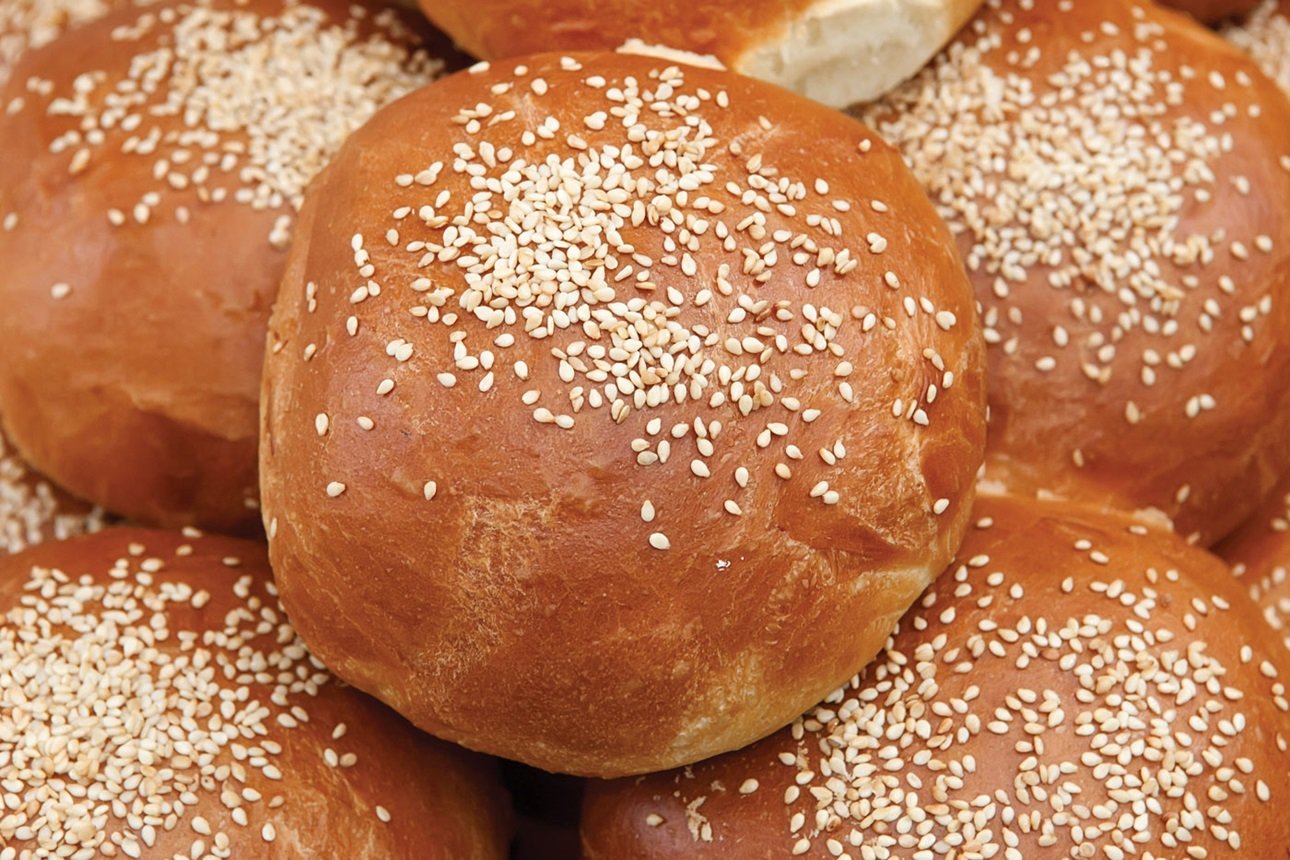Food Technology Magazine | Applied Science
Nuts and Seeds Get Crackin’
An infographic supplying facts and figures on the nuts and seeds market.

© Pranjall Kumar/unsplash
Consumers worldwide continue to shell out for a wide variety of nuts and seeds, both as stand-alone snacks and as ingredients in bakery, snack, confectionery, and cereal products.
Foods made using nuts and seeds ingredients are on a growth path with an average annual gain of 4% in global new product introductions from 2018–2022, reports Innova Market Insights, although the number of North American introductions saw a 5% drop during the same period. The global nuts and seeds market is projected at nearly $1,384.5 billion in 2023 and is expected to hit $1,775.5 billion by 2028, a 5.1% compound annual growth rate (CAGR), according to research firm Market Data Forecast.
“Global production of tree nuts … has followed a rising trend over the past decade, reaching 5.4 million metric tons in 2022–2023,” representing a 60% increase over global output in 2013–2014, says Goretti Guasch, executive director of the International Nut & Dried Fruit Council.
Accelerating consumer demand for healthy snacks and vegan, paleo, and keto products is helping to drive sales of protein-rich nuts and seeds, along with the U.S. Food and Drug Administration–approved qualified health claims regarding heart disease and most nuts (almonds, hazelnuts, peanuts, pecans, some pine nuts, pistachio nuts, walnuts, and macadamia nuts). Although studies assessing the health effects of seeds are still limited, nuts and seeds are similar nutritionally. In addition, combining seeds with nuts in food products boosts the proportion of polyunsaturated fat content.
Snack products is the top category for launches of products with nut and seed ingredients in North America (18%), and snacks are a close second to bakery products for these launches worldwide, according to Innova Market Insights 2022 data. In the United States, for example, NuttZo rolled out Chilled Nut & Seed Butter Bars in Almond Butter Chocolate and Peanut Butter Chocolate in early 2023.
Launches jumped 7% globally from 2018–2022 for savory nuts and seeds positioned as snacks, reports Innova Market Insights, despite a 1% decrease in North America. The top regions for snack nuts and seeds rollouts in 2022 include Asia (33%), West Europe (25%), Latin America (11%), and North America (10%).
The Joys of Almonds
- The global almond market is projected to grow from about $9.6 billion in 2023 to about $12.6 billion by 2028, a compound annual growth rate of nearly 5.6%, reports Mordor Intelligence.
- Almonds remain the No. 1 nut for global new product introductions, according to data from Innova Market Insights and Almond Board of California, such as recent rollouts from Blue Diamond Growers: Thin Dipped Almonds in Double Dark Chocolate and Dark Chocolate Sea Salt Caramel with 50% less sugar than the average chocolate-covered almond, and limited-edition Honey Butter Flavored Almonds.
- The almond gets lots of good press for healthful attributes, such as a recent UK study suggesting gut health benefits and a new Australian study showing a role for almonds in weight loss. U.S. consumers already rate almonds as the healthiest nut, per Sterling-Rice Group research.
Sesame Seed Controversy
On Jan. 1, 2023, sesame became the ninth major allergen required to be labeled in plain language on packaged foods in the United States as a result of the Food Allergy Safety, Treatment, Education, and Research (FASTER) Act. More than 1.6 million people in the United States are allergic to sesame, and the seed is used in a wide variety of products, including spices and seasonings, baked goods, cereals, flavored rice and noodles, stews, vegetarian burgers, processed meats, protein and energy bars, snack foods, and dressings and sauces.
But since the change, some manufacturers are intentionally adding sesame to products and then labeling them to indicate the presence of the seed rather than institute more complicated or costlier strategies to prevent cross-contamination during production. Some bread products from Flowers Bakeries, Pan-O-Gold Baking, Olive Garden, and other brands, for example, now include sesame.
The Food and Drug Administration (FDA) in July announced it is “actively looking into and engaging on this practice of companies intentionally adding sesame to foods that, prior to the passage of the FASTER Act, did not contain sesame.” However, FDA denied requests to forbid the practice in a petition submitted by the Center for Science in the Public Interest.
Nuts and Seeds Glossary
Almond—oval seed enclosed in a corrugated shell, from a species of small tree (Prunus amygdalus)
Black walnut—strongly flavored nut from Juglandaceae species of tree native to North America, containing highest protein content of any tree nut
Brazil nut—large seed from a South American tree in Lecythidaceae family, containing high amount of selenium
Cashew—kidney-shaped seed of cashew apple accessory fruit from South American cashew tree (Anacardium occidentale)
Chestnut—glossy brown nut with little protein or fat, from trees and shrubs in Fagaceae family
Chia seed—small oval gray seed with black and white spots from plants in Lamiaceae family; can absorb up to 12 times its weight in liquid when soaked and develops a mucilaginous coating
Drupe—type of fruit in which an outer fleshy part surrounds a seed contained within a shell, such as almond, cashew, and pistachio
Flaxseed—small golden seed from the plant Linum usitatissimum
Hazelnut—round, brown hard-shelled nut from hazel trees of Corylus genus, especially nuts of Corylus avellana species; also cobnut, filbert
Hemp seed—small, light-colored nut from Cannabis sativa plant that may contain trace amounts of THC psychoactive compound
Kernel—softer inner part of nut, seed, or fruit stone
Legume—fruit of plants in Fabaceae (or Leguminosae) family that releases seeds by splitting open along two seams
Macadamia nut—round, light-colored seed from tree in Proteaceae flowering plant family, containing highest fat content of any tree nut
Nut—dry, hard fruit with hard nutshell protecting a seed
Peanut—oval seed of a legume plant (Arachis hypogaea) grown as a ground crop; also groundnut, goober, pindar
Pecan—thin-shelled brown seed (Carya illinoinensis) from a tree in walnut family
Pine nut—small oblong seed from pine trees; also piñón, pignoli, pinoli
Pistachio—pale green seed of Asian tree Pistacia vera
Poppy seed—tiny, kidney-shaped seed of the opium poppy (Papaver somniferum) that can be black, white, or blue
Pumpkin seed—flat, asymmetrically oval seed of pumpkin and some other squash cultivars; also pepita
Seed—plant embryo with or without food reserve, enclosed in a protective coat
Sesame seed—small, oval, slightly flattened seed of the sesame plant (Sesamum indicum); also benne
Sunflower seed—fruit of the sunflower plant (Helianthus annuus), encased in inedible black-and-white hull
Walnut—nut from a walnut tree (Juglans regia), usually in two halves separated by a membranous partition, enclosed in a brown, wrinkly shell; also English walnutft
Sources: Encyclopedia Britannica, Medical News Today, National Institutes of Health, Webmd.com, Wikipedia







